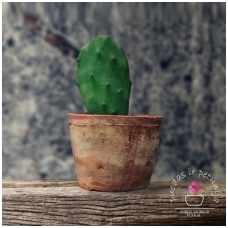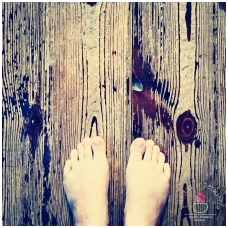What inspires us. A bit about Wabi Sabi.

Wabi Sabi is not a pasta dish, although it sounds delicious. This design trend originated in Japan, carrying not only visually visible things but also a very large philosophical charge. This is the philosophy of a perfectly imperfect life.
Wabi Sabi is not a pasta dish, although it sounds delicious. This design trend originated in Japan, carrying not only visually visible things but also a very large philosophical charge. This is the philosophy of a perfectly imperfect life.
Are you excited by the walls of centuries-old buildings that reveal so many different stages that you no longer want it to be scraped and hidden? Do you like to look at the steps of the old stairs where all those steps of so many people who lived before left their mark? Perhapswhen you are considering buy a new garment or item, you always wonder how to remove those sequins of other blinking details? Or do you like to bring something old to a new life? If you recongize yourself, you are probably a fan of Wabi Sabi, but you may not know it yet.
Wabi Sabi is about the unique and uneven shapes that come from touching and using the item or making it by hand. The beauty lies in its imperfection and its unrepeatability: small cracks, abrasions, cracked glaze, not so much about the thing itself as it's history.
Wabi Sabi fans' homes blend in with a variety of styles, something inherited that fits with the newly acquired. Newly acquired items do not steal space or obscure old ones, so here are no strange synthetic colors, excessive gloss or unnaturalness. You will not find large, cold, lacquered spaces and flawless arrangements, but you will certainly be greeted by the house owners stories of life, reflected in their imperfect objects.
So, do you like Wabi Sabi?

